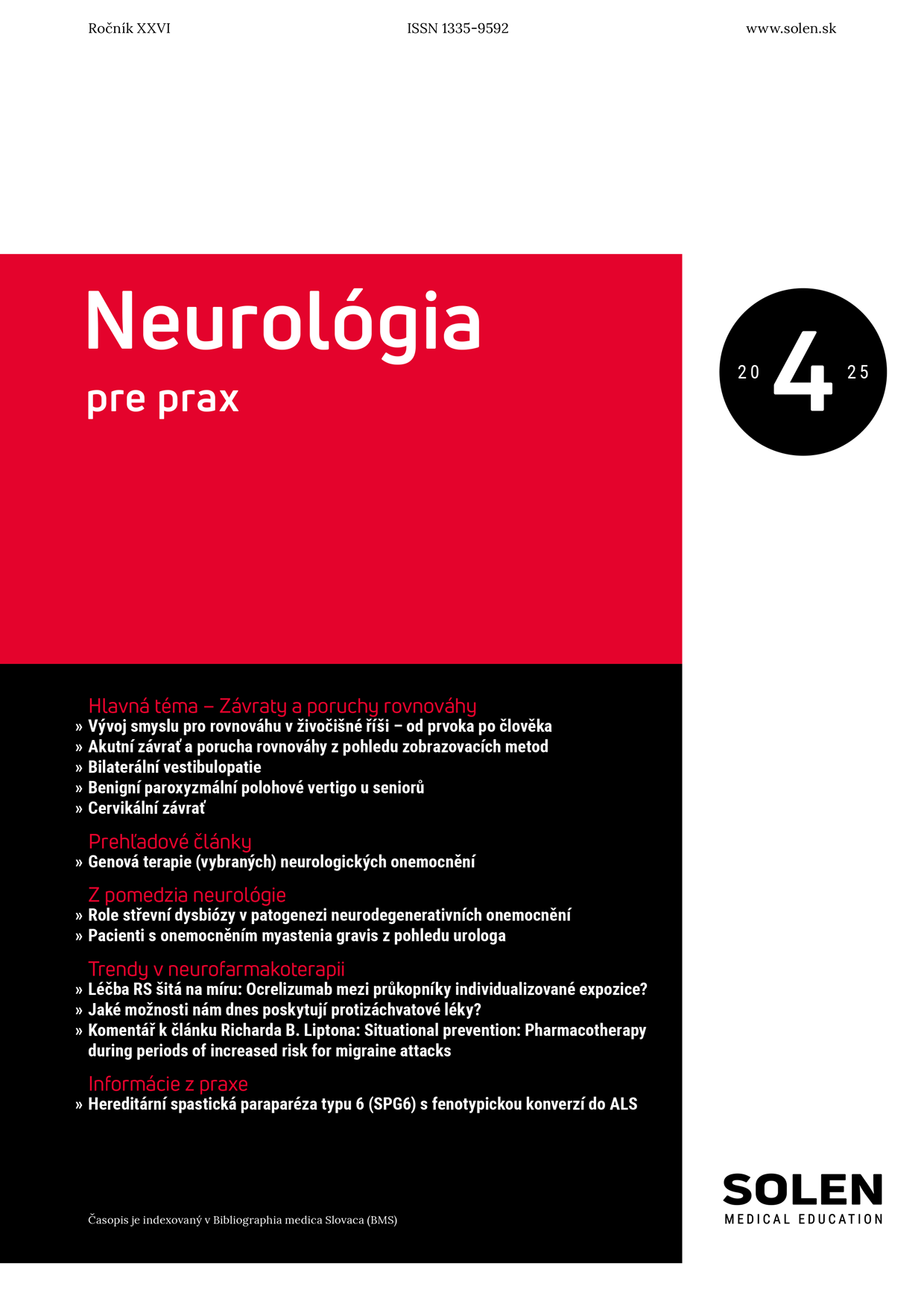Praktické lekárnictvo 1-2/2020
Clinical evaluation of left atrial appendage occlusion with Amplatzer Amulet in patients with atrial fibrillation
Atrial fibrillation is the most common rhythm disorder in clinical practice. Stroke is one of the most severe thromboembolic disorders associated with atrial fibrillation. CHA2DS2 VASc scoring system is used to predict the risk of stroke. Oral anticoagulant therapy is recommended in patients with atrial fibrillation with a moderate to high risk of stroke and thromboembolism. The main limitation of the use of anticoagulant therapy is bleeding complications. The HAS-BLED scoring system evaluates the risk of bleeding in patients receiving anticoagulation therapy. Clinically significant emboli originate in the left atrial appendage in 91% of cases of patients with non-valvular atrial fibrillation. Percutaneous left atrial appendage occlusion provides a treatment alternative for patients with atrial fibrillation at high risk of stroke in whom anticoagulation therapy is associated with high bleeding risk. Main goals of our observational, retrospective, multi-centre, case-series study were to describe the initial experience with Amplatzer AmuletTM the left atrium appendage occlusion in Slovakia and to evaluate the effectiveness and safety of the procedure in stroke prevention in patients with atrial fibrillation.
Keywords: atrial fibrillation, left atrial appendage occlusion, occluder

















